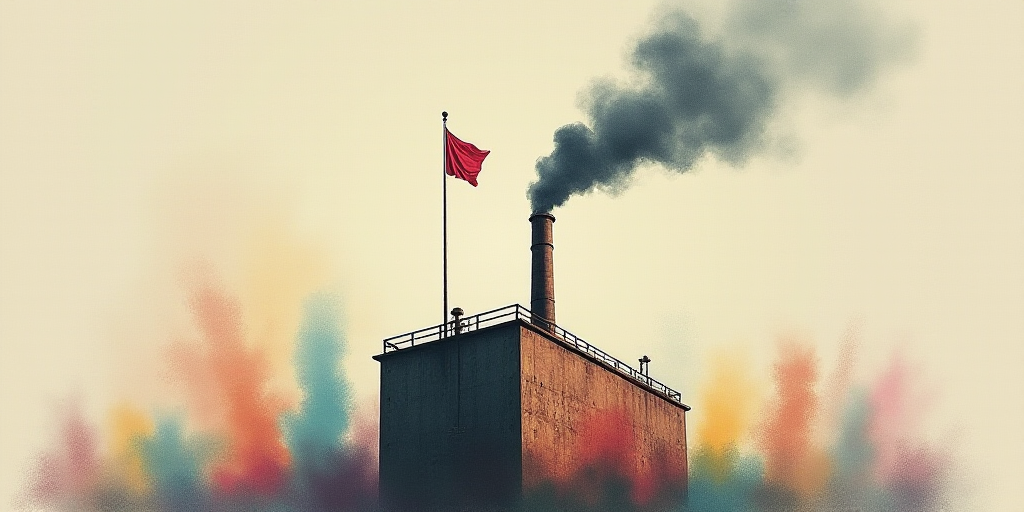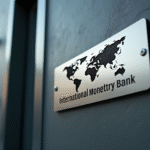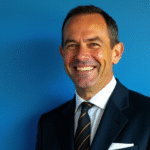First Vote and Black Smoke Signal No Decision
On Wednesday, around 19:00 GMT (1:00 PM CDMX), a thick black smoke rose from the roof of the Sistine Chapel, indicating that the 133 cardinals inside failed to choose a successor for Pope Francis, as confirmed by AFP reporters.
First Vote, Black Smoke: The cardinals did not reach an agreement on the successor of Pope Francis and will remain isolated from the world until a name secures at least 89 out of 133 votes.
Approximately 50,000 people in St. Peter’s Square at the Vatican witnessed the column of smoke emerging from the small copper chimney on the roof of the Sistine Chapel, where the process takes place.
Predicted Negotiations and Multiple Votes
The outcome was not surprising. The selection process already anticipated more negotiations and several votes to reach a consensus name between the “bergoglistas” of Francis and the more conservative wing that heavily criticized the reformist pontificate of the first Latin American pope focused on the poor.
The first ballot was announced three and a half hours after the “extra omnes,” the command for “all out” for the “princes of the Church” to seal themselves and initiate this medieval ritual.
Uncertain Year and Lack of Clear Favorites
This year is uncertain, and there are no clear favorites.
The Sistine Chapel was prepared with several rows of easels covered in brown and red fabrics, displaying each elector’s name.
Sacred Oath and Isolation
The 133 cardinal electors—those under the age of 80—are isolated from the world, without access to the internet, phones, television, or press until they choose a new pope.
Facing Michelangelo’s magnificent frescoes, the purple-robed cardinals will vote “in the presence of God” under solemn silence.
Each cardinal writes their candidate’s name on a piece of paper, folds it, and places it in a silver dish, which is then used to deposit the paper into an urn located precisely at the level of the Judgment Day image.
Chemical Assistance and Secrecy
The papers are burned in a furnace with the help of chemists to produce the color signifying the vote’s outcome.
Before “extra omnes,” the cardinals swore to keep the process secret and faithfully perform the role of pope if elected by “divine disposition.”
Wearing the red habit honoring Christ’s blood, they made this oath together and individually before the altar with their hand on the Gospel.
Italian Pietro Parolin, the most senior cardinal eligible according to precedence, led the Latin invocation for the Holy Spirit: “Veni, Creator Spiritus.”
“A Man of the People”
The cardinals will begin voting from Thursday, four times a day: twice in the morning and twice in the afternoon.
The dean of the College of Cardinals, Giovanni Battista Re, called for unity in a pre-conclave mass: “Maintain the unity of the Church” facing this “difficult, complex, and turbulent” time for the future spiritual leader of 1.4 billion Catholics.
The Sistine Chapel will not be a space for speeches, debates, or negotiations.
Exchanges will occur during meals or meetings in the Santa Marta residence and other Vatican facilities.
Benedict XVI and Francis’ elections took two days. Most cardinals estimate a maximum of three days; the most pessimistic, five.
“Francis was brilliant, progressive, a man of the people,” estimated Catriona Hawe, a 60-year-old Irishwoman who traveled to Rome for her birthday.
Francis created 80% of the cardinals participating in the conclave, the largest and most international in history with prelates from around 70 countries.
Parolin is among the favorites to succeed Francis, having served as his secretary of state for 12 years.
Il Messaggero includes in its “galaxy of papables” Italian Pierbattista Pizzaballa, Hungarian Peter Erdo, Sri Lankan Malcolm Ranjith, and Spanish Ángel Fernández Artime.






